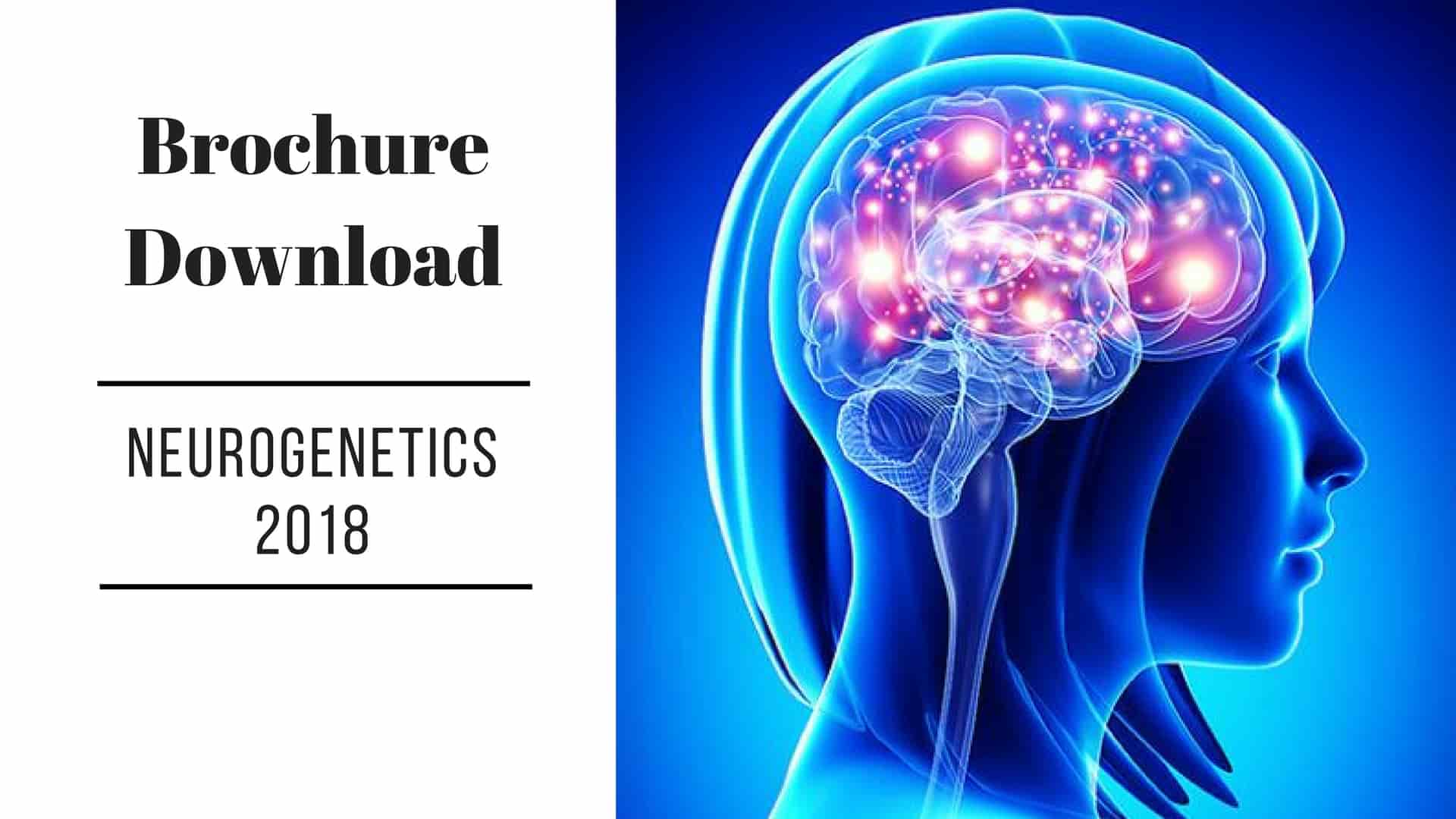Lamia F Alsubaie
King Abdulaziz Medical City, KSA
Title: Genomic testing and counseling: The contribution of next generation sequencing to epilepsy genetics
Biography
Biography: Lamia F Alsubaie
Abstract
Background: Next-generation sequencing (NGS) have become more accessible and widely available technology to detect genetic causations of diseases. While NGS technology has already benefited different clinical phenotypes, some areas have adapted less quickly than others, as in seizures and epileptic disorders, where genetic diagnosis were mainly based on epilepsy gene panels and not whole exome and/or genome sequencing. Method: We retrospectively analyzed 689 cases that have been sent for NGS over period of 18 months to investigate challenges in diagnosing epilepsy. Result: 74 (10.7%) cases out of 689 cases were sent for epilepsy, half of these cases have a positive family history. The results of NGS were divided as the following: 39 (52.7%) cases were negative, 26 positive cases (35%), and 11 inconclusive cases (14.8%). Out of the inconclusive and positive cases, only one gene has been detected twice in different cases. Comparative Genomic Hybridization (CGH) has been performed for all negative cases, only one case showed de novo duplication in 2q24.3. Conclusion: These findings have implications for our understanding of genetic testing approach and genetic counseling for patients affected with seizures and epilepsy disorders. The overall diagnostic yield of exome/genome sequencing in our cohort was 35%. And the main characteristics is genetic heterogeneity suggests NGS technology as suitable testing approach for seizures and epilepsy disorders. Genetic counseling for newly identified disease-causing variants depends on pedigree interpretation keeping in mind disease penetrance and variable expressivity.

